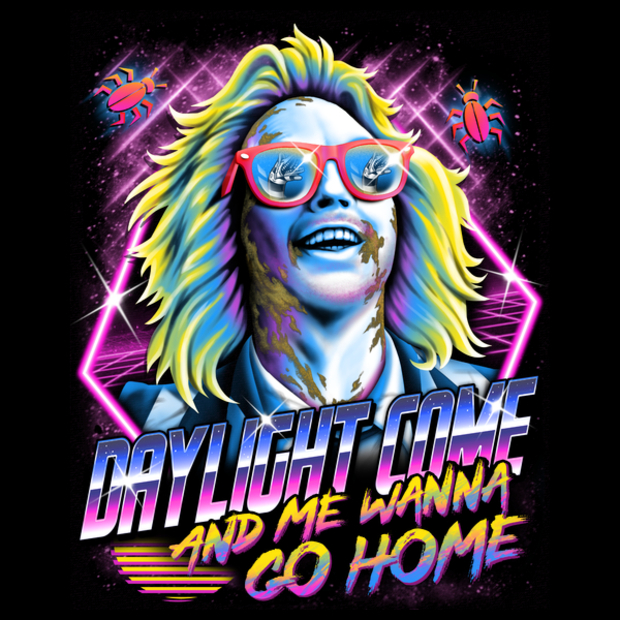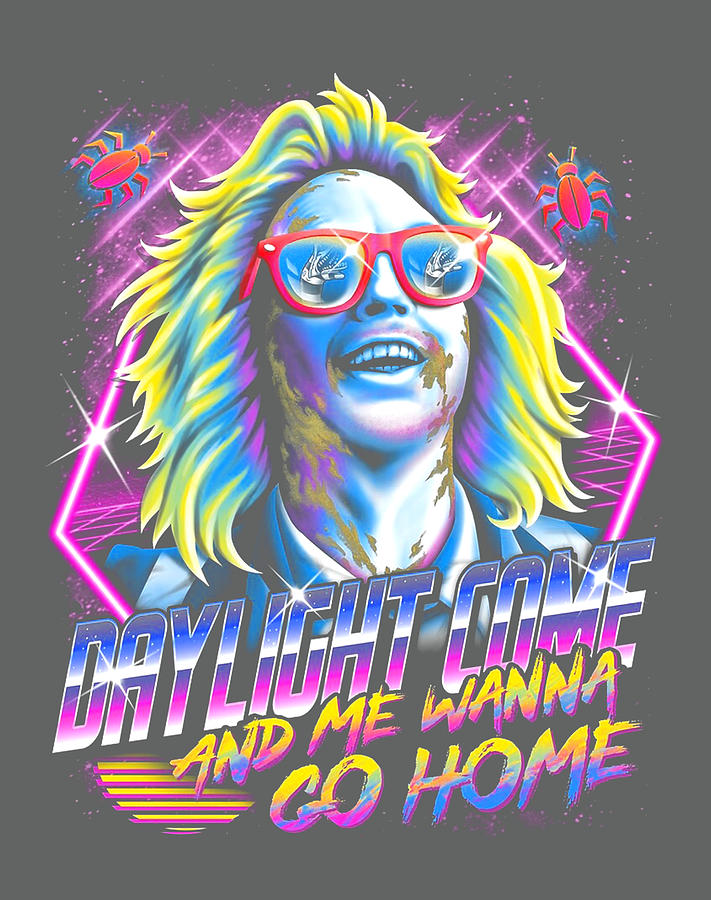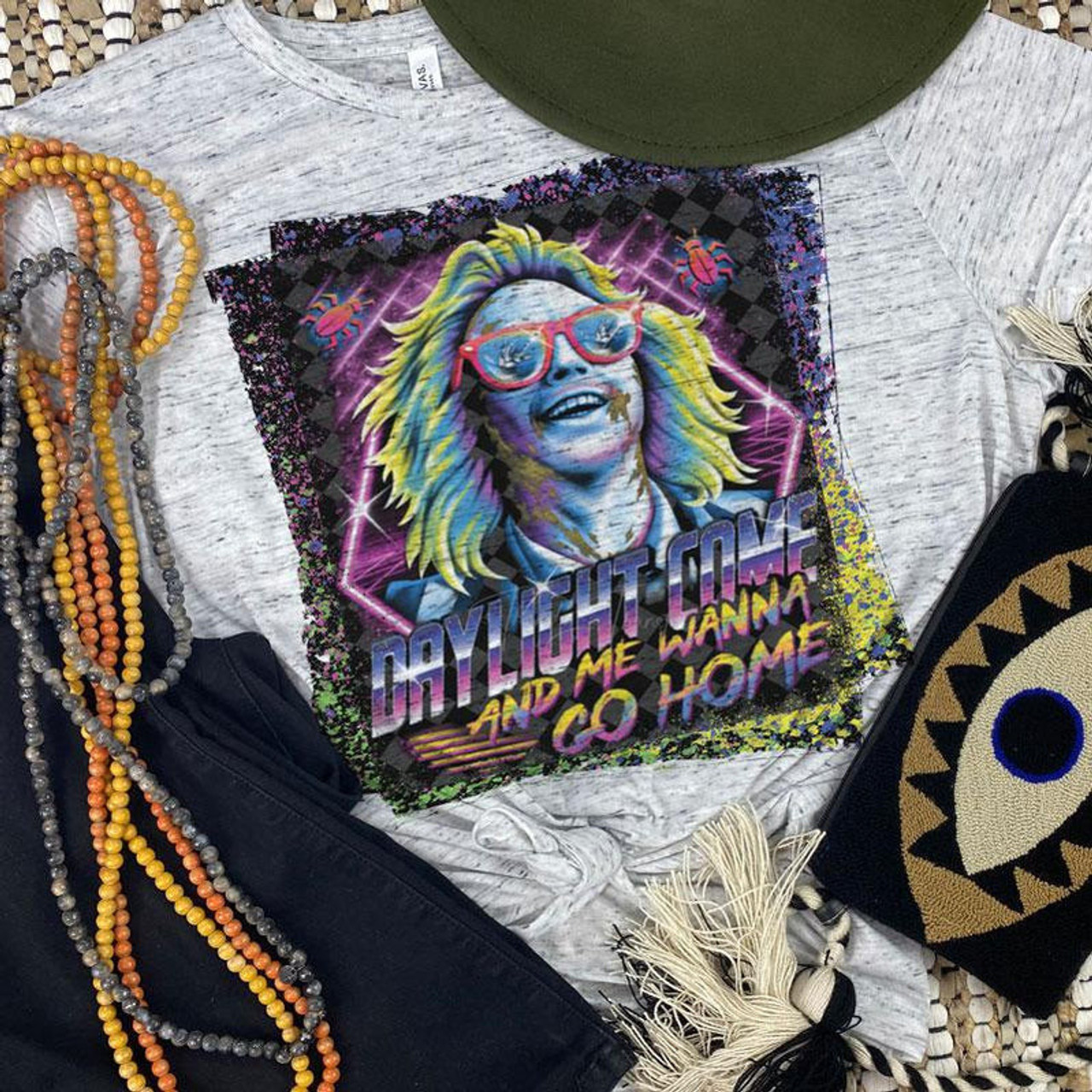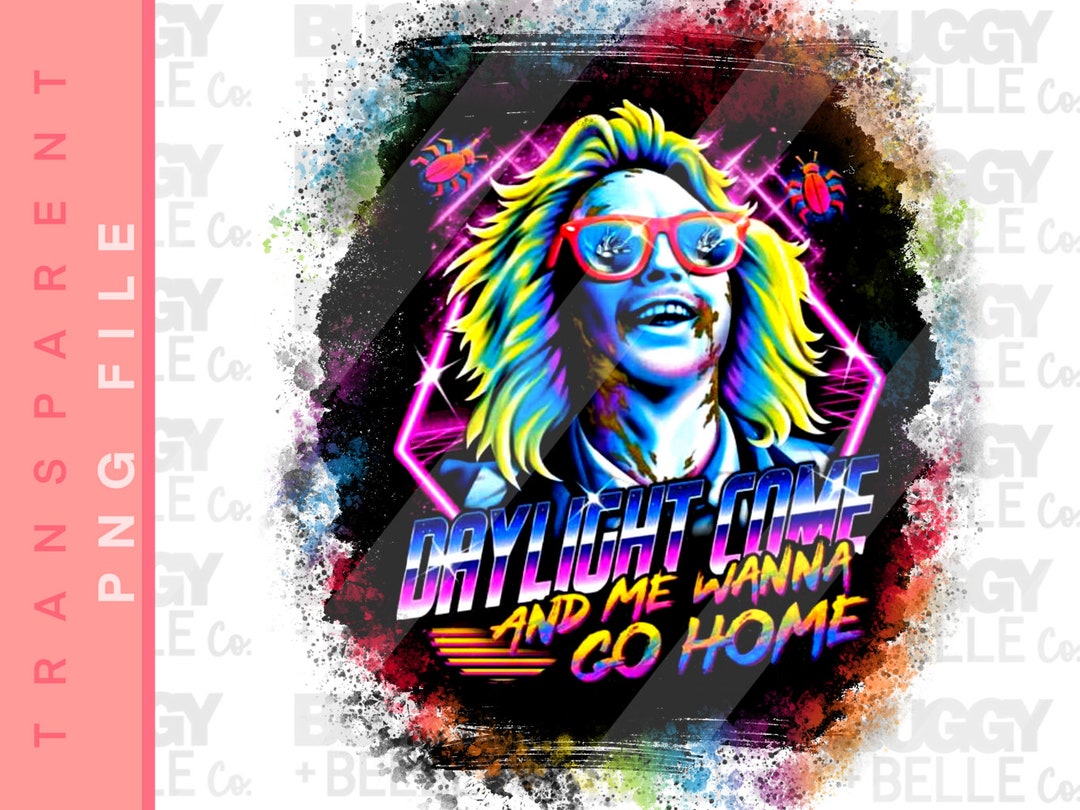Daylight Come And Me Wan Go Home Lyrics

Ever heard a song so catchy it just burrows into your brain and refuses to leave? For millions, that song is undeniably "Day-O (The Banana Boat Song)," more commonly known as "Daylight Come And Me Wan Go Home". It's more than just a tune; it's a cultural phenomenon.
But what's the story behind this incredibly popular earworm? Is it just a happy-go-lucky ditty about bananas? The truth is a little more nuanced, and a lot more interesting.
From Work Song to Worldwide Hit
Believe it or not, "Day-O" has its roots in the hard lives of Jamaican dockworkers. These workers, primarily during the nighttime, loaded bananas onto ships. The song, a call-and-response work song, helped them coordinate their efforts.
Think of it as a rhythmic way to pass the time and keep everyone in sync. The lead man, or "caller," would sing a line, and the others would respond in unison. Efficiency with a beat!
Harry Belafonte and the Calypso Craze
Enter Harry Belafonte. In 1956, he recorded "Day-O" for his album "Calypso," and the song exploded. Belafonte's smooth vocals and energetic performance brought the song to a global audience. Suddenly, everyone wanted to sing about waiting for daylight and heading home. The calypso craze was officially on!
Belafonte wasn't the first to record it, but he made it iconic. It wasn't just a song; it was a symbol of Caribbean culture.
More Than Just Bananas
The lyrics might seem simple, but they hinted at the workers' lives. The "tallyman" was responsible for counting the bananas. Some interpretations even suggest the workers were being shortchanged in their pay. Imagine that, a protest song disguised as a cheerful calypso!
So, the next time you hear "Daylight Come And Me Wan Go Home," remember it's not just about fruit. It's about labor, longing, and the power of music to tell a story. It's a glimpse into a different world, all wrapped up in a catchy melody.
Day-O in Pop Culture
"Day-O" has popped up everywhere, from movies to television shows. One of the most memorable appearances is in Tim Burton's "Beetlejuice" (1988). Remember that iconic dinner party scene? Absolutely hilarious!
The possessed guests break into a ridiculously off-key rendition of "Day-O." It highlights the song's enduring appeal, even in the most bizarre contexts. Talk about an earworm that just won't quit!
It's a testament to the song's versatility that it can be both a poignant reminder of working-class struggles and a source of comedic gold.
A Timeless Classic
Decades later, "Daylight Come And Me Wan Go Home" continues to resonate. It's a testament to the power of simple melodies and relatable themes. Who hasn't longed for the end of a long day?
So, crank up the volume and sing along. Appreciate the history, the humor, and the sheer infectiousness of this iconic song. It's a reminder that some tunes are truly timeless.
Whether you're loading bananas, working a nine-to-five job, or just waiting for the weekend, "Day-O" speaks to the universal desire to clock out and go home. And that's a feeling everyone can understand.


















